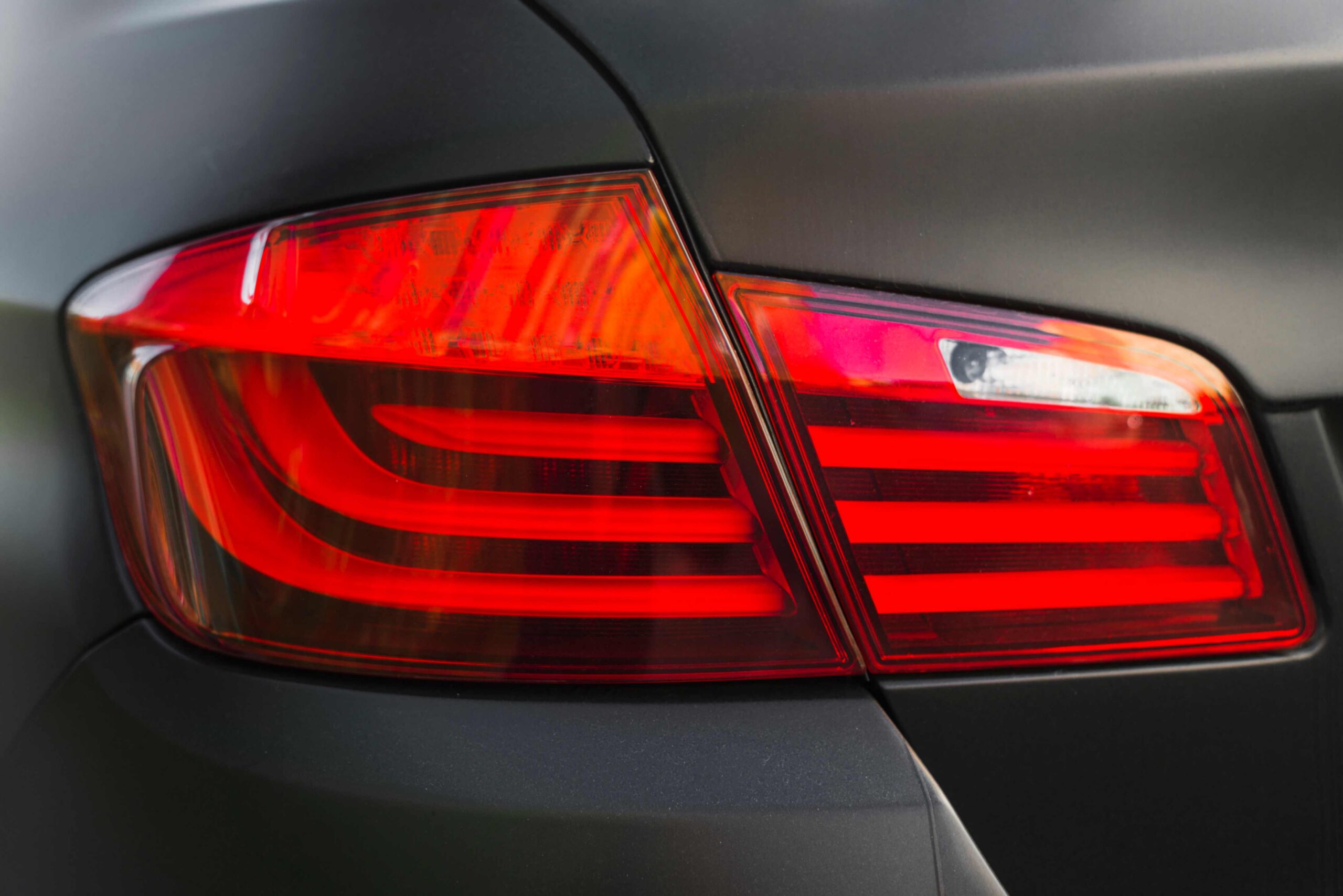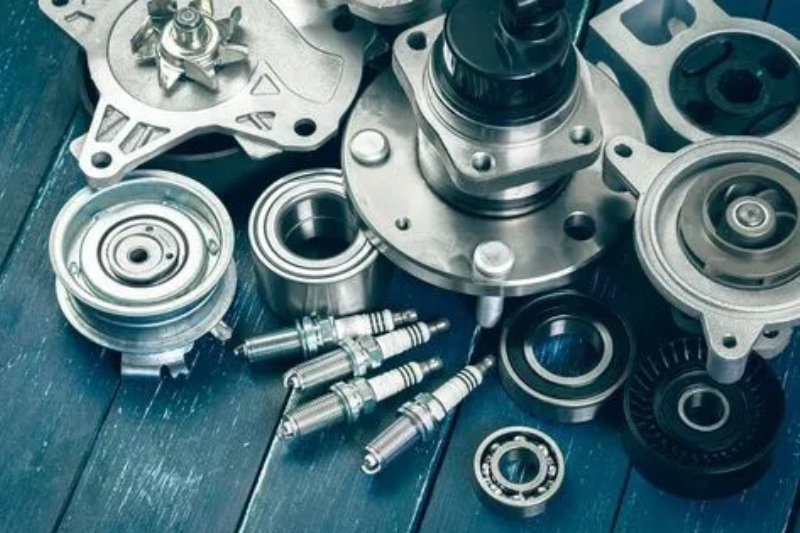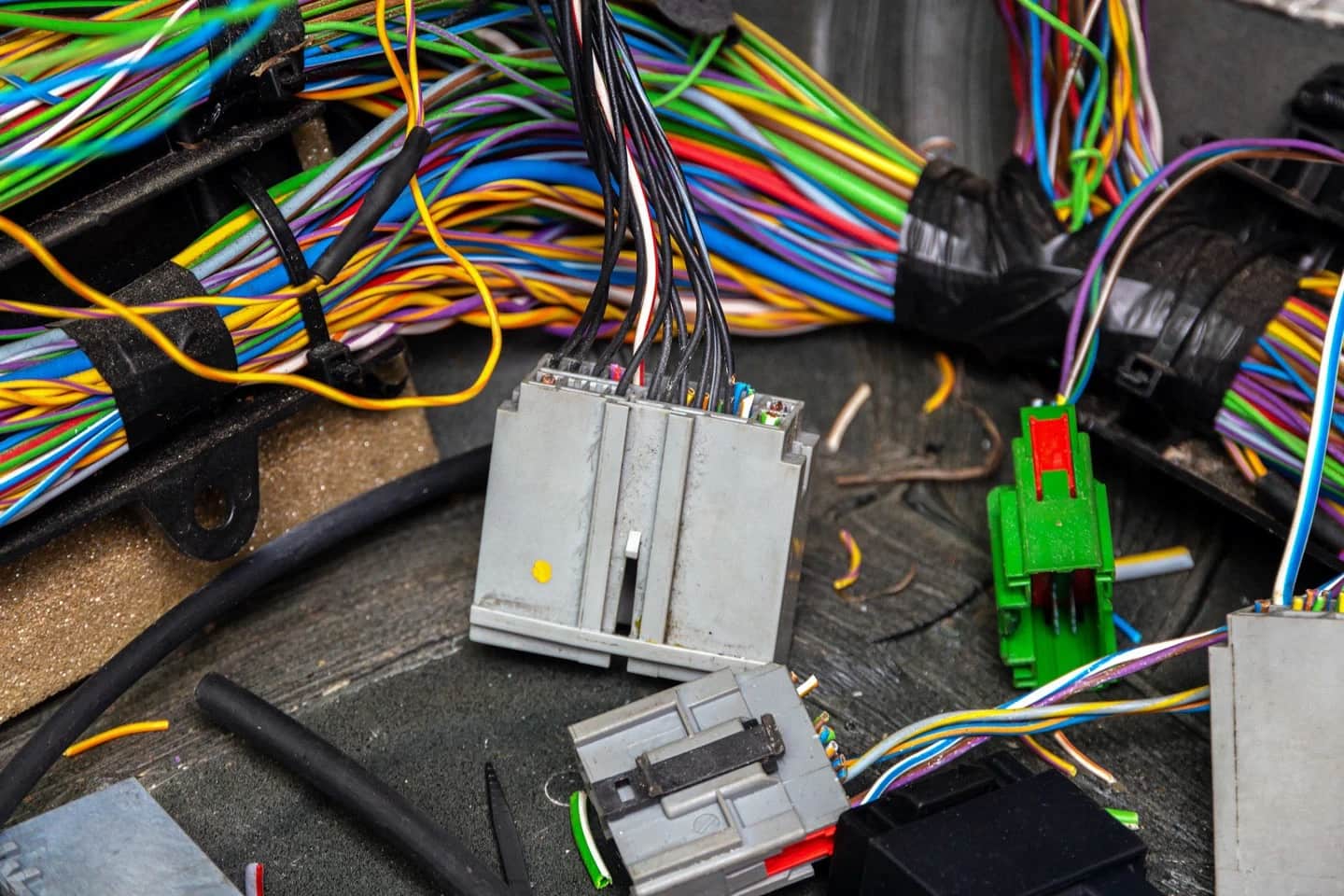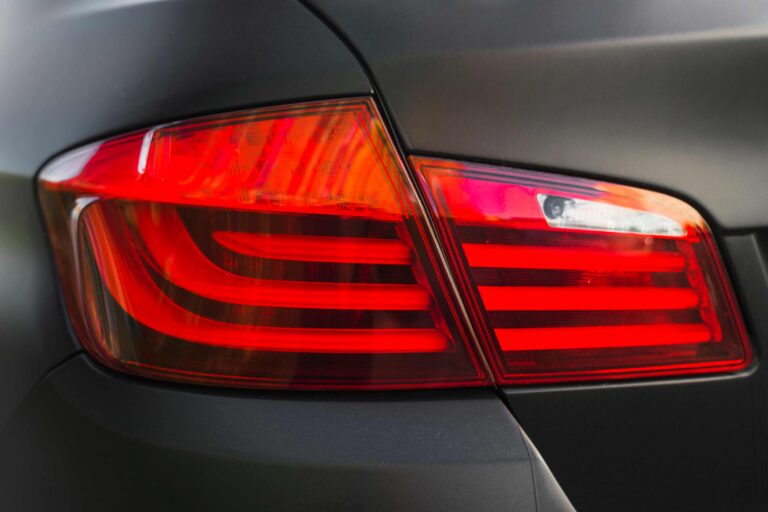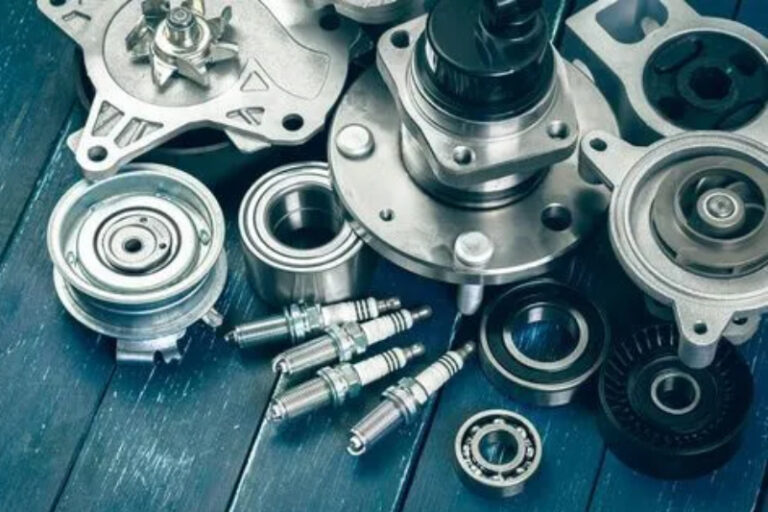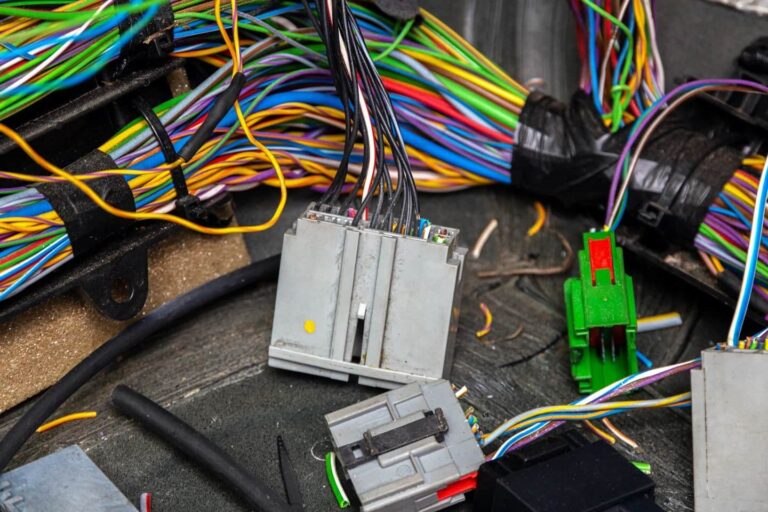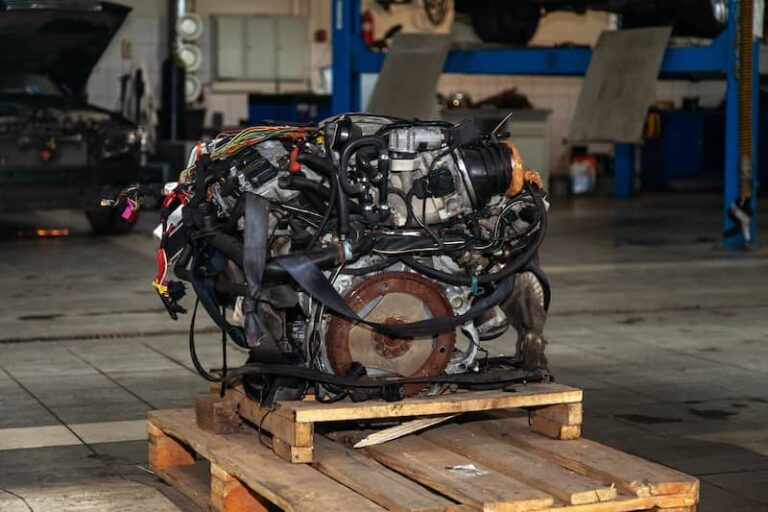Few things are more frustrating than turning your car key, hearing a rapid clicking sound, and realizing your vehicle won’t start. You’re left wondering: Is it the battery, the alternator, or something worse? Fortunately, the clicking noise is a strong clue about what’s wrong with your car. Most often, this problem is linked to a weak battery, poor electrical connections, or a malfunctioning starter.
In this article, we’ll help you understand what causes that clicking sound, how to diagnose the problem, and what you can do to fix it safely and effectively.
What Makes the Clicking Noise in Your Vehicle?
When you turn your ignition key, the starter motor engages. Its job is to draw power from the car battery to rotate the starter engine’s pinion gear, which then turns the crankshaft to start your engine.
If the starter motor doesn’t get enough electrical power, it can’t spin the gear fast enough to crank the engine. Instead, the pinion gear repeatedly hits the starter ring gear, producing that distinct clicking noise. Essentially, the clicking is your car’s way of saying: “I’m trying to start, but I don’t have enough power.”
This issue could be caused by several things – low battery voltage, loose or corroded connections, a weak alternator, or a failing starter motor.
Common Reasons Why Your Car Won’t Start but Is Making a Clicking Sound
Let’s explore the most frequent causes and how to address each one.
1. Drained or Weak Battery
The most common reason for hearing a clicking sound when you try to start your car is a drained battery.
Perhaps you left your headlights or cabin light on overnight, or your car has been sitting idle for weeks. A weak battery doesn’t have enough charge to power the starter motor.
Solution:
Use jumper cables and a healthy battery from another vehicle. Connect the positive and negative terminals correctly, then start your car. If it starts right away, your battery was likely the culprit.
If it doesn’t hold the charge after the jump, it may be time to replace the battery. Regularly test your battery’s voltage – ideally, it should read around 12.6 volts when fully charged.
2. Faulty Alternator
The alternator’s job is to recharge your battery while the car is running. If it fails, your battery won’t get replenished and will eventually go flat, even after a successful jump-start.
You might notice other warning signs of alternator failure: dimming headlights, flickering dashboard lights, or strange electrical issues.
Solution:
Take your car to a mechanic to have the alternator tested. If the alternator isn’t producing enough voltage (typically 13.5 to 14.5 volts), it should be replaced immediately to prevent further damage to the battery.
3. Loose or Corroded Battery Connections
Even if your battery is fully charged, loose or corroded terminals can stop electrical power from reaching the starter motor. Over time, dirt, road salt, and moisture cause corrosion – a white, powdery substance – on the terminals, weakening the connection.
Solution:
Inspect your battery cables and clamps. If they’re loose, tighten them securely. For corrosion, disconnect the battery (starting with the negative terminal), then clean the terminals using a wire brush or a mixture of baking soda and water. Reconnect them and try starting your car again.
4. Faulty Battery
Sometimes, your battery may seem fine but can’t hold a charge anymore. Batteries typically last between three to six years, depending on your driving habits and climate. Extreme heat or cold can shorten their lifespan significantly.
Solution:
Visit an auto parts store or mechanic to test your battery. Many shops offer this service for free. If the results show poor health or low cold-cranking amps (CCA), it’s time for a replacement.
5. Bad Starter Motor or Solenoid
If your car battery and connections are in good shape, but you only hear a single click, the problem likely lies in the starter motor or solenoid. The solenoid is the small switch that connects the starter motor to the battery current. When it fails, the motor can’t engage the flywheel to start the engine.
Solution:
A technician should inspect your starter motor and solenoid. If you’re comfortable with tools, you can gently tap the starter with a screwdriver or hammer while turning the key. This might temporarily free a stuck relay, allowing the car to start – though you’ll still need to replace the faulty part soon after.
What To Do When Your Vehicle Clicks but Won’t Start
When you hear that clicking sound, here are some steps to try before calling a tow truck:
1. Try a Jump-Start
This is the easiest and quickest fix for a drained battery. Get a set of jumper cables and another car with a fully charged battery. Connect the positive (+) clamps together and the negative (-) clamps to a metal part of your car’s frame. Let it charge for a few minutes before attempting to start your car.
2. Tap the Starter Motor
If you can locate the starter motor, give it a few firm taps with a metal tool. This can unstick a jammed relay or worn gear, sometimes helping the car start temporarily.
3. Check the Battery Cables
Wiggle the cables slightly. If they’re loose or corroded, that could be the reason the starter isn’t getting enough power. Cleaning and tightening them may do the trick.
4. Inspect the Fuses
A blown ignition or starter relay fuse can cause starting problems. Check your car’s fuse box (usually under the hood or dashboard) and replace any burnt fuses with ones of the same rating.
5. Call for Professional Help
If none of the above works, the issue may be deeper – like a failed starter, fuel pump, or ignition system. Contact a qualified mechanic for a full diagnosis.
Preventive Maintenance Tips
To avoid facing this issue again, follow these preventive steps:
- Regularly test your battery: especially before winter or long trips.
- Clean terminals and cables: corrosion is one of the top causes of power failure.
- Drive your car regularly: to keep the battery charged.
- Service your alternator and starter: during scheduled maintenance intervals.
- Listen for early signs: slow cranking or dimming lights can indicate electrical problems before total failure.
Final Thoughts
A car that won’t start but makes a clicking sound can be annoying, but in most cases, the solution is straightforward. The most common cause is a weak or drained battery, but the issue can also lie in the alternator, starter motor, or wiring connections.
The key is to diagnose the problem step-by-step – starting with the simplest solutions like jump-starting or checking the terminals before moving on to more complex components. Regular maintenance and battery testing can save you from being stranded with that dreaded clicking noise again.
FAQs
A rapid clicking sound usually means your battery is weak or dead, and the starter motor isn’t receiving enough power to turn the engine over.
Yes. If the alternator isn’t charging the battery properly, the battery voltage will drop, leading to clicking sounds when trying to start the car.
In that case, the starter motor, solenoid, or a corroded connection might be the issue. Have these parts tested by a mechanic.
If your lights and accessories work but the engine won’t crank, the issue likely lies with the starter motor. If nothing turns on at all, it’s likely a dead battery.
While jump-starting can temporarily get your car going, it’s not a long-term fix. If your car frequently needs a jump, replace the battery or have the charging system inspected.


